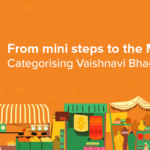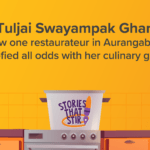Kachori is a deep-fried snack that is loved by people all across India. Whether enjoyed with a morning cup of tea or relished as an evening snack, Kachori is a classic street food that has stood the test of time. Kachori is flaky on the outside and spicy on the inside and has proved that a simple snack can become a massive hit amongst food lovers.
While Rajasthan is associated with Kachori origin, many different states have their own versions that are interesting and delicious.
Let’s take a deeper dive into the delicious history of Kachori, explore its origins, regional adaptations, and what makes it one of the most beloved snacks in the Indian food scene.
What is Kachori? The Snack That Needs No Introduction
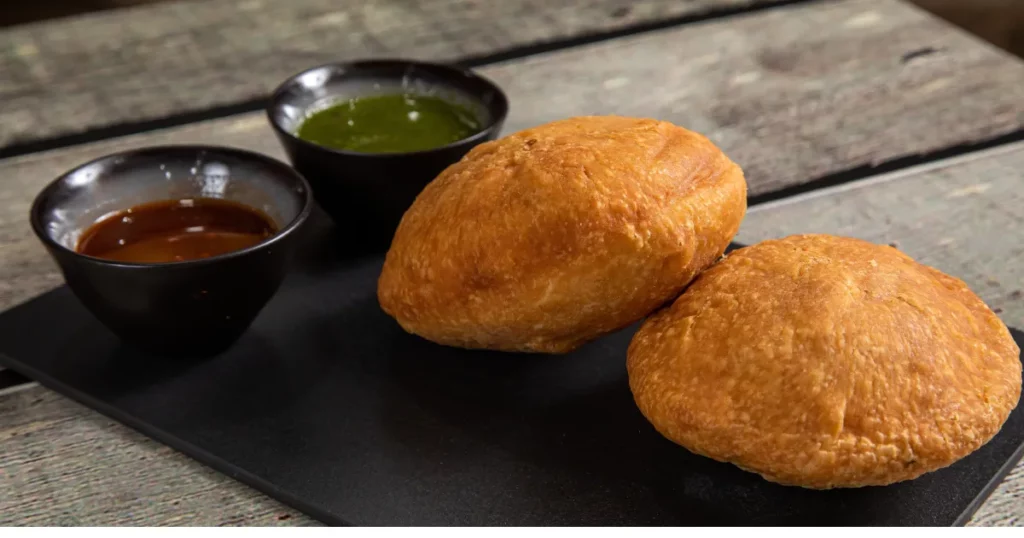
Kachori is a round, deep-fried pastry made from all-purpose flour (maida) and stuffed with a variety of fillings. Its charm lies in the contrast between the crisp, flaky outer shell and the soft, flavorful filling inside.
Some of the popular types of fillings you will commonly find in kachoris are Moong dal (split green gram), Urad dal (black gram), Onion (Pyaaz Kachori), Green peas, and Mawa or khoya: A sweet filling made with thickened milk, used in dessert-style kachoris.
These kachoris are often served with tangy chutneys, yogurt, or spicy potato curry that further enhances the flavor and taste. Kachori can be as rustic as a roadside breakfast or as royal as a wedding menu item.
The Origins of Kachori – Tracing Its Roots
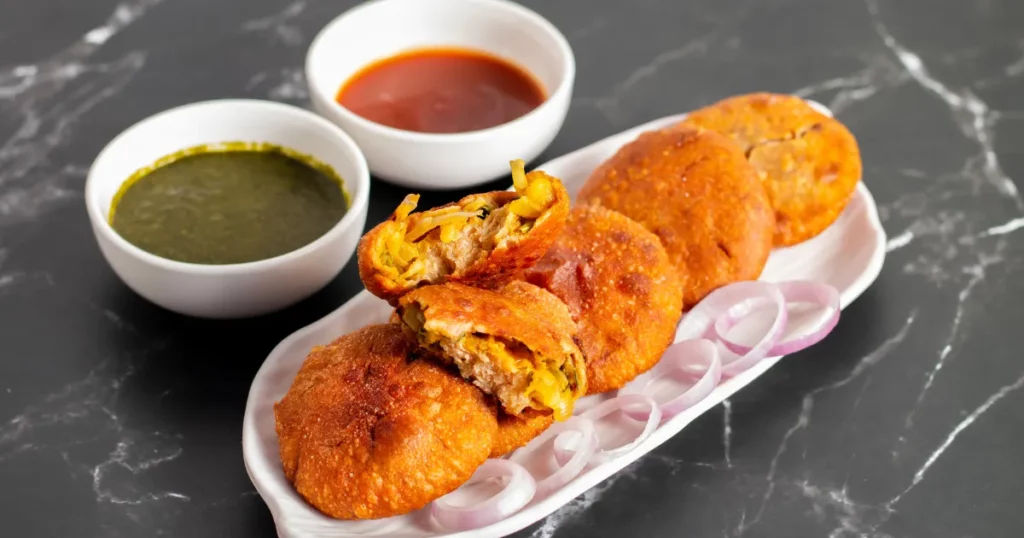
The story of kachori origin is as flavorful as the snacKachorif. Though it is hard to trace the exact origin of Kachori, many people believe Rajasthan is the inventor of Kachori.
Let’s take a look at the history of Kachori:
- Rajasthan’s dry climate made it ideal for fried and preserved foods. Kachoris could be stored for days without refrigeration, making them perfect for the region’s harsh desert conditions.
- The Marwari and Jain communities, known for their vegetarian cuisine and use of dry spices, are credited with popularizing the moong dal and urad dal kachoris.
- Kachori was traditionally served as a morning snack in Rajasthani households and local shops, paired with tea or kadhi, it was a hearty and satisfying start to the day.
Ancient references related to the origin of Kachori suggest that it has been a part of India’s food heritage for centuries. Kachori became more than just a regional specialty, it traveled through different states and adapted itself to local flavors, becoming a pan-Indian favorite.
Kachori Around India – Regional Twists & Tastes
Just like languages and festivals, food too changes from one state to another. And Kachori, with its versatile structure and stuffing, has seenKachoriess regional interpretations. Here’s a look at how different parts of India have made this deep-fried snack their own:
Rajasthan: Pyaaz Kachori, Mawa Kachori

- Pyaaz Kachori is probably the most famous Rajasthani variant. Originating in cities like Jaipur and Jodhpur, this Kachori is stuffed with spicy, caramelized onion filling and Kachori with tangy tamarind chutney.
- Mawa Kachori, on the other hand, is a dessert version, filled with sweet khoya, dry fruits, and nuts, and then dipped in sugar syrup. It’s especially popular during festivals like Diwali and Holi.
UP/Bihar: Khasta Kachori
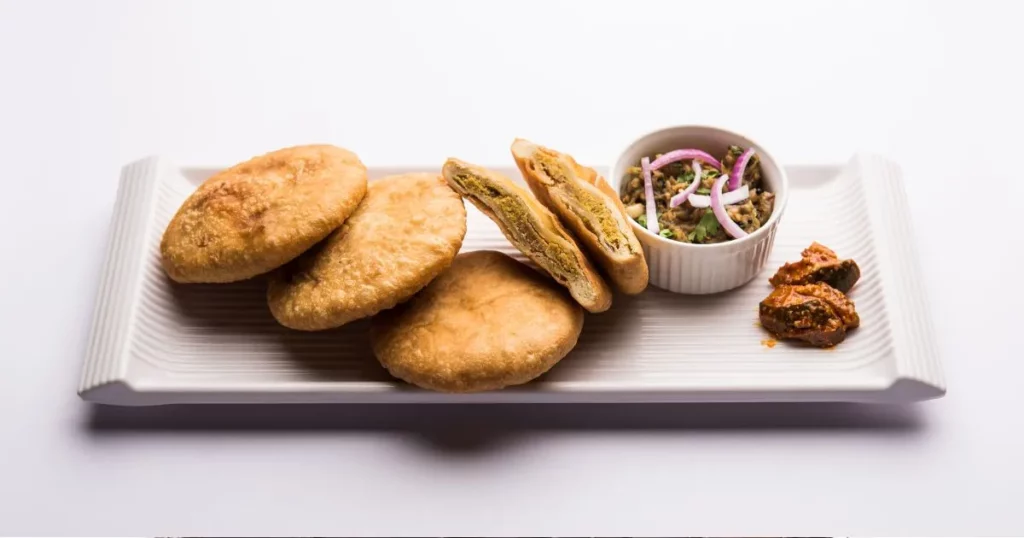
- In Uttar Pradesh and Bihar, Khasta Kachori is a breakfast staple. It’s typically served with spicy aloo ki sabzi or chhole and garnished with coriander and green chillies. Khasta means crispy, and that’s exactly what this version delivers, a thick, crumbly crust with a mildly spiced lentil or potato filling.
Delhi: Hing Kachori and Kachori Sabzi Combos
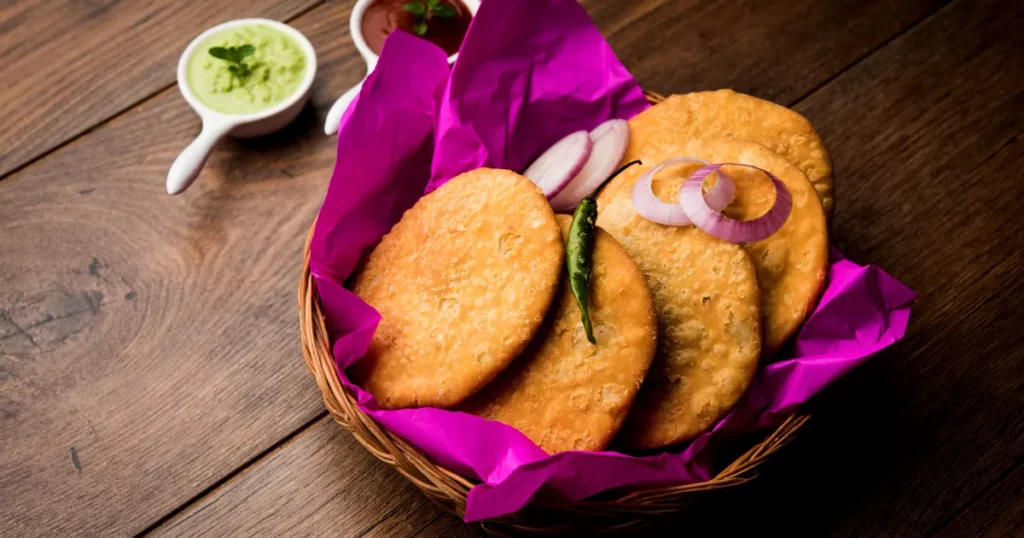
- In the bylanes of Old Delhi, you will find Kachori served with tangy aloo curry or spicy sabzi, especiaKachoribreakfast joints.
- Hing Kachori, flavored with asafoetida, is a spicy and aromatic variation, often enjoyed with a hot cup of chai.
West Bengal: Raj Kachori as a Festive Street Snack
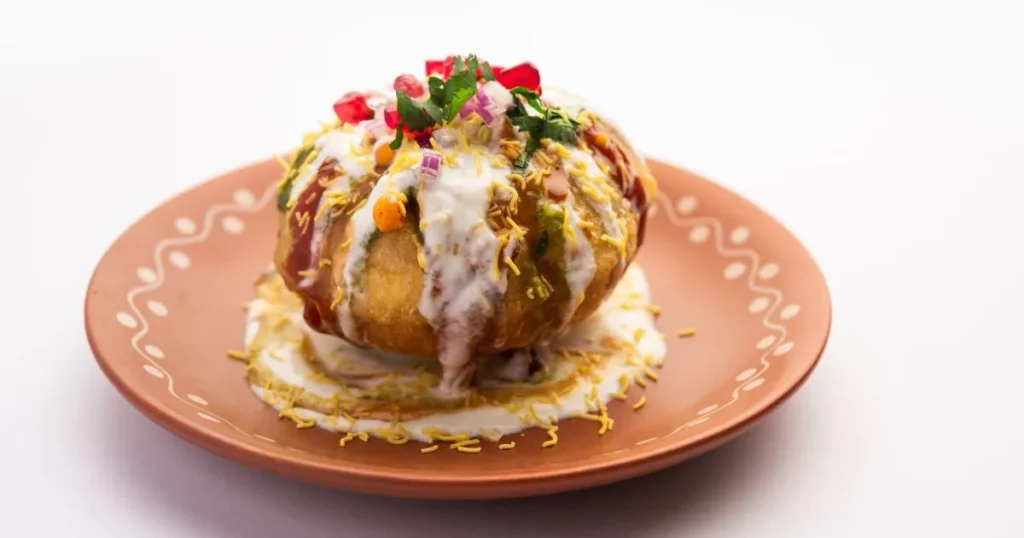
- In Bengal, you might find a variation of Raj Kachori, which is a large, puffed-up version often filled with yogurt, chutneys, sprouts, and sev—more of a chaat than a snack.
- Although Raj Kachori is more of a North Indian chaat innovation, it has been embraced widely across Bengal and Kolkata’s street food scene during fairs and festive occasions.
Craving Kachori? Get it Hot and Fresh on Swiggy
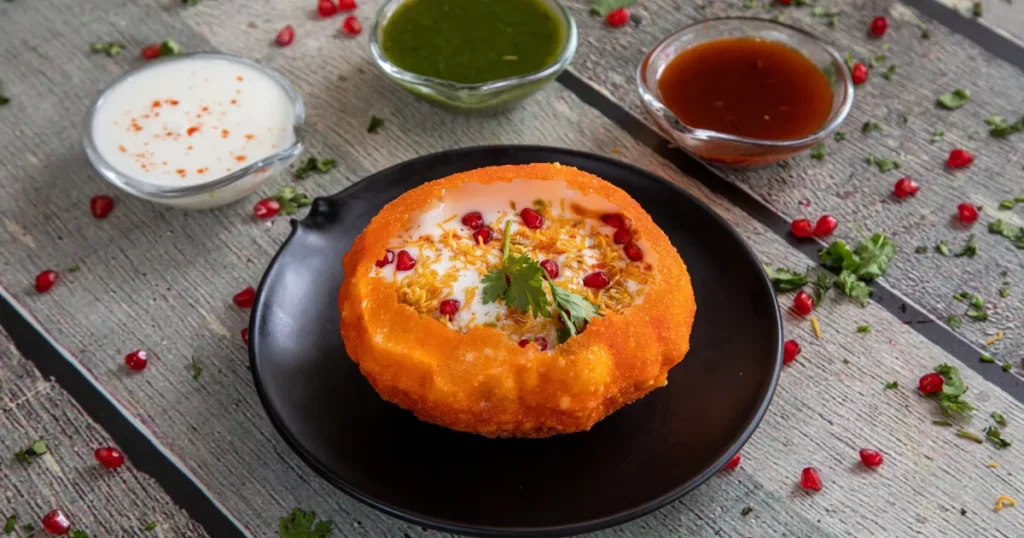
While Kachori history says that it might have started in traditional Indian kitchens, now you can get different types of Kachori delivered straight to your doorstep.
Swiggy has made it extremely easy for you to enjoy kachori, anywhere, anytime. Whether you’re in the mood for a spicy onion kachori, a crispy khasta version, or even a sweet mawa kachori, Swiggy’s food delivery got you covered.
With just a few clicks, you can find top-rated sweet shops, street food joints, and restaurants and order Kachori online near me. Enjoy them with chutneys, pickles, or sabzi—no need to wait for a festival to indulge.
Craving something spicy and flaky? Just Swiggy it!
Conclusion
From the dry deserts of Rajasthan to bustling metros across India, kachori history is filled with flavor, versatility, and tradition. It is served as a morning bite or an evening indulgence, and it continues to charm food lovers of all ages.
Its flaky crust, bold filling, and rich cultural heritage make Kachori a timeless snack that connects generations. As it crossed regions, every community added its own twist, yet the essence of the original deep-fried treat remains untouched.
So the next time you bite into a kachori, know that you’re not just enjoying a snack, you’re tasting a piece of India’s rich culinary past.
FAQs
1. Is Kachori a breakfast or evening snack?
Kachori can be both! TKachorinally in Rajasthan and UP, it’s enjoyed as a breakfast item, served hot with tea or spicy curry. But it’s equally popular as an evening snack, especially when paired with chutney or kadhi.
2. What is typically served with Kachori?
That depends on the region:
- In Rajasthan, it is paired with chutneys or kadhi.
- In Delhi and UP, it is served with aloo sabzi, pickles, or curd.
- Some people also enjoy it with jalebi—the sweet and salty combo is a classic treat!
3. How is Kachori different from Samosa?
While both are fried and delicious, there are a few differences:
- Shape: Kachori is round and flat, while samosa is triangular.
- Filling: Kachori usually has lentils, onions, or peas. Samosa typically has spiced potato or meat.
- Texture: Kachori has a flakier, more crumbly crust, while samosa has a firmer, doughier shell.
Author Bio
Satisfying your cravings, one bite at a time. Discover the best eats, trends, and uncover the hidden gems with us to make your online ordering or dining experience a memorable one.





























































